chevy 5.3 engine for sale
If you’re searching for a Chevy 5.3 engine for sale, you’re likely looking to power up your Chevrolet truck or SUV with one of the most reliable and widely used V8 engines in GM’s lineup. Whether you’re replacing a failing engine, building a project car, or restoring an older truck, the 5.3L V8 offers a powerful combination of performance, durability, and affordability.
Chevy 5.3 Engine for Sale: Complete Buyer’s Guide
If you’re searching for a Chevy 5.3 engine for sale, you’re likely looking to power up your Chevrolet truck or SUV with one of the most reliable and widely used V8 engines in GM’s lineup. Whether you’re replacing a failing engine, building a project car, or restoring an older truck, the 5.3L V8 offers a powerful combination of performance, durability, and affordability.
In this comprehensive guide, we’ll cover everything you need to know about the Chevy 5.3 engine, including specifications, models, types (used, remanufactured, crate), common issues, and where to find the best deals online.
🔧 Overview of the Chevy 5.3 Engine
The 5.3L V8 engine, also known as the Vortec 5300 or part of the LS-based Gen III and Gen IV small-block family, has been a staple in GM’s engine lineup since its debut in 1999. It powers a wide range of vehicles, including the Chevrolet Silverado 1500, Suburban, Tahoe, Avalanche, and even some GMC and Cadillac models.
➤ Key Specifications
| Feature | Detail |
|---|---|
| Displacement | 5.3 liters (325 cubic inches) |
| Engine Type | V8 Small Block (Gen III/IV/V) |
| Horsepower | 270 – 383 HP (varies by model) |
| Torque | 315 – 416 lb-ft |
| Fuel Type | Gasoline or Flex Fuel (E85) |
| Block Material | Cast iron or aluminum |
| Cylinder Heads | Aluminum |
| Fuel Injection | Multi-port or Direct Injection |
| Valve Configuration | OHV (Overhead Valve) |
🔍 Types of Chevy 5.3 Engines for Sale
When shopping for a Chevy 5.3 engine, it’s important to understand the various options available to suit your budget and performance needs.
1. Used Chevy 5.3 Engine
A used 5.3 engine is pulled from a working vehicle, typically one that’s been in an accident or decommissioned. These are usually the most affordable options but come with risks if not thoroughly inspected or sold without warranty.
Pros:
-
Lower cost
-
Quick availability
-
OEM components
Cons:
-
Unknown wear and mileage
-
Limited warranty (if any)
-
Possible internal damage
2. Remanufactured Chevy 5.3 Engine
Remanufactured 5.3 engines are rebuilt to factory specifications, often using new or re-machined parts. These engines undergo rigorous quality checks and are ideal if you want reliability and performance close to new.
Pros:
-
Long warranties (up to 3 years)
-
Like-new performance
-
Environmentally friendly (reuse of components)
Cons:
-
More expensive than used
-
Core exchange required
3. Crate Chevy 5.3 Engine (New)
Crate engines are brand-new engines directly from GM or aftermarket performance shops. They’re often used in performance builds, swaps, or restorations.
Pros:
-
Brand new (zero miles)
-
Latest technology and improvements
-
Full warranty support
Cons:
-
Highest cost
-
May require additional components (ECU, harness, etc.)
🔁 Compatibility: Vehicles That Use the 5.3 Engine
The Chevy 5.3 engine has powered various GM vehicles over the last two decades. Some common models include:
-
Chevrolet Silverado 1500 (1999–present)
-
Chevrolet Suburban / Tahoe
-
GMC Sierra / Yukon
-
Chevrolet Avalanche
-
Cadillac Escalade
-
Chevrolet Express / GMC Savana vans
Tip: Always match the VIN or RPO code to ensure the correct version of the 5.3 engine for your vehicle.
🧠 RPO Codes for 5.3 Engines
GM uses RPO codes (Regular Production Options) to identify different engine configurations. Here are some common 5.3 engine codes:
| RPO Code | Description |
|---|---|
| LM7 | Gen III 5.3L iron block |
| L59 | Flex-fuel version of LM7 |
| L33 | High-output aluminum Gen III |
| LC9 | Gen IV with AFM and Flex-Fuel |
| LMG | Gen IV iron block with AFM |
| LH6 | Gen IV aluminum block with AFM |
| L83 | Gen V EcoTec3 with direct injection |
🚗 Performance & Reliability
The 5.3L engine is known for its impressive balance of power and reliability. Many units surpass 250,000 miles with proper maintenance.
Known Strengths:
-
Great torque curve
-
Easy to tune for performance
-
Strong aftermarket support
-
Affordable replacement parts
Common Issues to Watch For:
-
Oil consumption (especially with AFM models)
-
Lifter failure (in AFM-equipped engines)
-
Faulty knock sensors
-
Cracked exhaust manifolds
Pro Tip: Consider an AFM delete kit if you’re rebuilding a 5.3 with known lifter issues.
💲 Chevy 5.3 Engine Price Breakdown
➤ Used Engines:
-
$700 – $2,500
-
Based on mileage and seller
➤ Remanufactured Engines:
-
$2,500 – $4,000
-
Often includes warranty
➤ Crate Engines:
-
$4,000 – $6,500
-
Ideal for swaps and performance builds
Other Costs to Consider:
-
Labor ($800 – $1,500)
-
Fluids, filters, gaskets
-
ECU reprogramming or tuning (if swapping engines)
🔎 Where to Buy a Chevy 5.3 Engine
When looking for a Chevy 5.3 engine for sale, it’s important to work with trusted sources. Here are some of the top places to find used, rebuilt, or crate engines:
✅ Online Retailers
-
JEGS – Performance crate engines
-
Summit Racing – Aftermarket 5.3 LS engines
-
eBay Motors – Used and rebuilt units with reviews
-
CarPart.com – Aggregates salvage yards
-
LKQ Online – Recycled OEM engines
✅ Salvage Yards / Junkyards
-
Local junkyards may have low-mileage engines at steep discounts. Always verify condition and request a compression test.
✅ Remanufacturers
-
ATK Engines, Powertrain Products, and Jasper Engines offer remanufactured engines with strong warranties and nationwide shipping.
✅ Dealerships
-
OEM crate engines with warranties. Expect to pay top dollar but get peace of mind.
🔨 Engine Swap & Installation Tips
If you’re buying a 5.3L engine to swap into a different vehicle (like a classic car or hot rod), keep these things in mind:
-
Wiring Harness & ECU – Ensure compatibility
-
Mounts – May need swap-specific brackets
-
Fuel Delivery – Upgrade to EFI-compatible system
-
Cooling System – Check radiator and fan clearance
-
Exhaust Clearance – Some headers may not fit
Popular Swaps:
-
Chevy C10 pickup
-
3rd/4th Gen Camaro
-
Mazda RX-7 (LS swap kits available)
-
Jeep Wrangler (V8 conversion kits)
🛠️ Chevy 5.3 Engine Upgrades
The 5.3 engine is a favorite in the tuning and performance community. Here are some common upgrades to squeeze out more power:
| Upgrade | Power Gains |
|---|---|
| Cold air intake | +5 to 10 HP |
| Long tube headers | +10 to 20 HP |
| Camshaft upgrade | +30 to 50 HP |
| Performance tune | +15 to 25 HP |
| Turbo/supercharger | +100+ HP (with build) |
| AFM delete & tune | Improves reliability |
🧾 Frequently Asked Questions (FAQs)
🔹 Is the Chevy 5.3 a good engine?
Yes. It’s widely respected for its durability, ease of repair, and ability to handle performance upgrades. Millions of these engines are on the road today.
🔹 How long does a Chevy 5.3 engine last?
With regular maintenance, the 5.3 engine can last 200,000 to 300,000 miles.
🔹 Can I swap a Gen III 5.3 into a Gen IV vehicle?
It’s possible but may require modifications to sensors, fuel system, ECU, and wiring. Always confirm compatibility.
🔹 What’s the difference between a 5.3 Vortec and 5.3 LS?
“Vortec” usually refers to the truck version (with cast iron block), while “LS” is a broader term that includes performance-oriented versions (like in the Camaro or Corvette). But both share similar architecture.
🔹 What does AFM mean in 5.3 engines?
AFM (Active Fuel Management) is a cylinder deactivation system that turns off 4 of the 8 cylinders under light load to save fuel. It can sometimes lead to lifter issues.

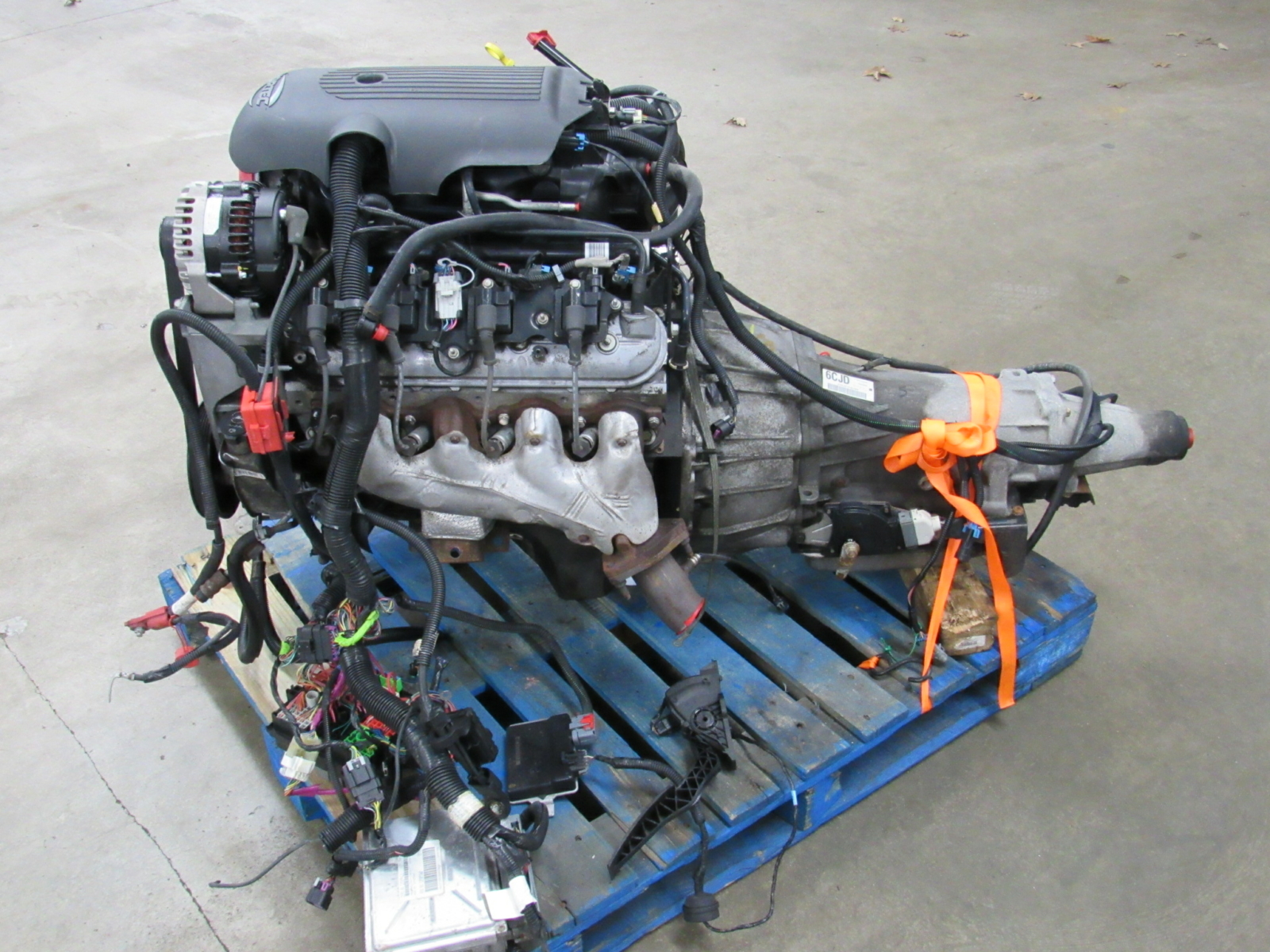
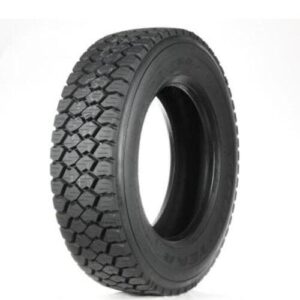
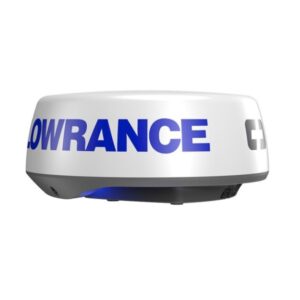
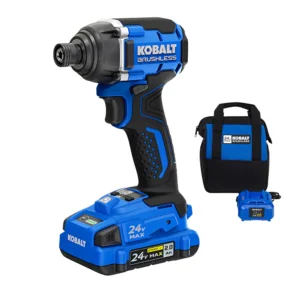

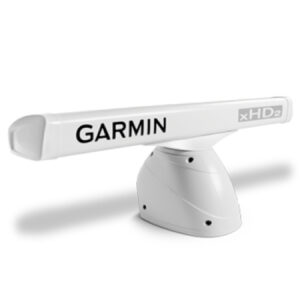
There are no reviews yet.